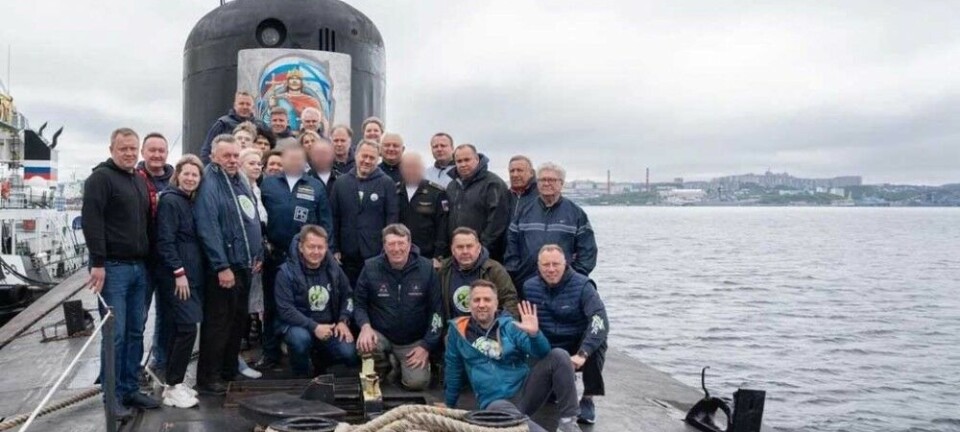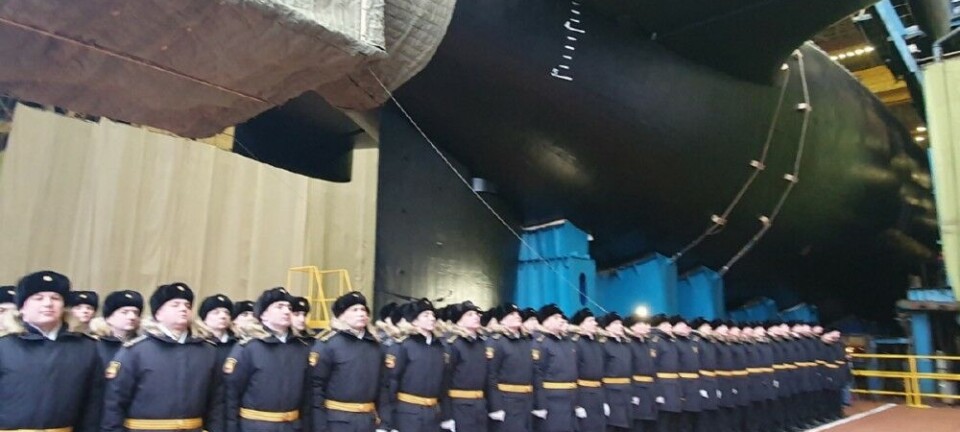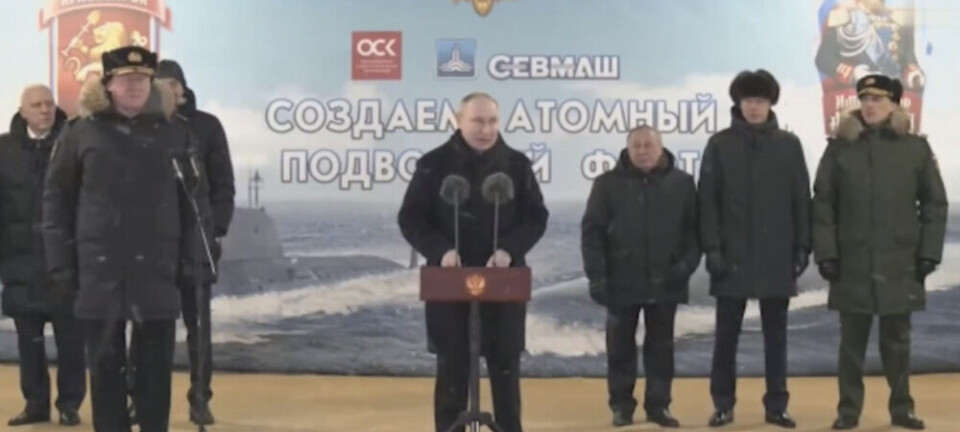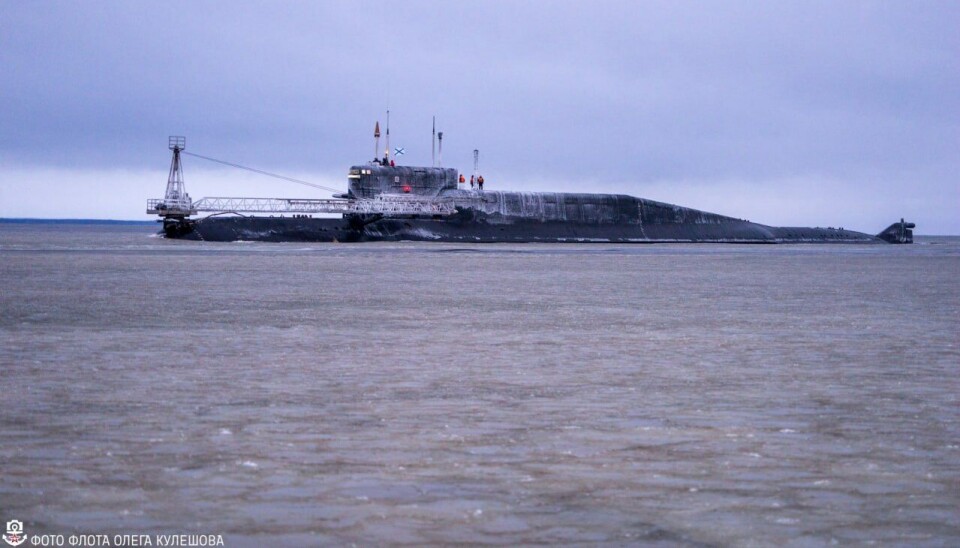
Upgraded nuclear missile sub conducts tests in icy waters
After more than six years of upgrades, the old Bryansk will soon be sailing deterrence patrols in the northeast Barents Sea and Arctic Ocean with 16 submarine-launched ballistic missiles.
While Russia is midway into its nuclear submarine modernisation program with the new 4th generation ballistic missile carriers of the Borei-class, priority is also given to keep afloat the Soviet-era Delta-IV class vessels deployed with the Northern Fleet.
Vladimir Putin seems to prepare for an option to put more nuclear weapons at sea as the New START Treaty expires in February 2026. With both introducing new modern submarines and simultaneously keep the older fleet sailing, the maximum possible numbers of Russian deployed intercontinental-range nuclear weapons at sea will far exceed the bilateral limits Moscow has agreed with the United States.
The Bryansk (K-117) alone can carry 16 Sineva missiles which each are armed with four independently targetable reentry nuclear warheads. It is believed that the submarine after the current comprehensive modernisation, including change of nuclear fuel elements for the two onboard reactors, can sail for another 8 to 10 years.
The Bryansk has been at the Zvezdochka yard in Severodvinsk since 2018, shortly after her sister submarine Tula (K-114) had completed similar upgrades.
Initially, the modernisation should take 3 years and 6 months.
The work, however, lasted more than 6 years. This December, the Bryansk was seen at sea for the first time outside Severodvinsk. Carrying equipment for calibrating the sonar, the submarine sailed slowly in the icy waters of the White Sea.
Sea trials, including calibration of the bow mounted sonar, is a normal procedure for all submarines that have been in for mid-life upgrades. How long it will take depends on when the Zvezdockha yard and the Northern Fleet agree on the seaworthiness of all technical, weapons, and navigation systems onboard.
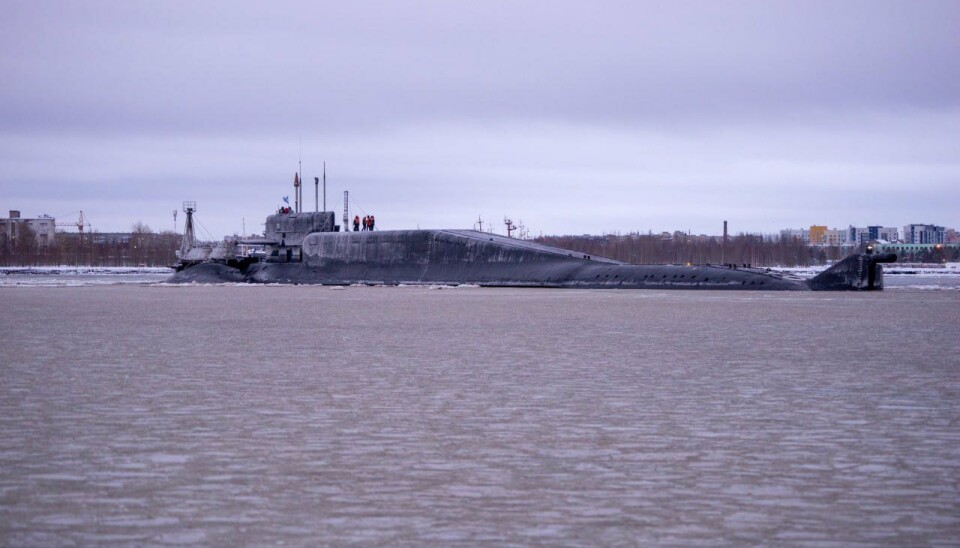
Built in the second half of the 1980s, the Bryansk is one of the oldest nuclear-powered submarines in operation with the Russian navy. Her homeport is Gadzhiyevo on the Kola Peninsula, some 100 kilometers east of the border to Norway.
With the return of Bryansk, the Northern Fleet has four operational Delta-IV submarines. The three others are Tula (K-114), Verkhoturye (K-51) and Novomoskovsk (K-407). One more, the Karelia (K-18) is next in line for upgrades at Zvezdochka and has since last summer been seen in the dry dock on Google Earth satellite images of the yard.
The Karelia is the submarine Vladimir Putin spent a night onboard in April 2000 when he oversaw a partly failed exercise supposed to launch a ballistic missile in the Barents Sea just north of Severomorsk.
The two last submarines of the Delta-IV class, the Ekaterinburg and Podmoskovye, are no longer deployed with nuclear weapons. The Ekaterinburg (K-84) is taken out of service, while the Podmoskovye (BS-64) was rebuilt to a special purpose submarine for the Directorate for Deep Sea Research (GUGI) and has since 2016 served as a mother vessels for deep-diving mini-submarines, including the ill-fated Losharik.
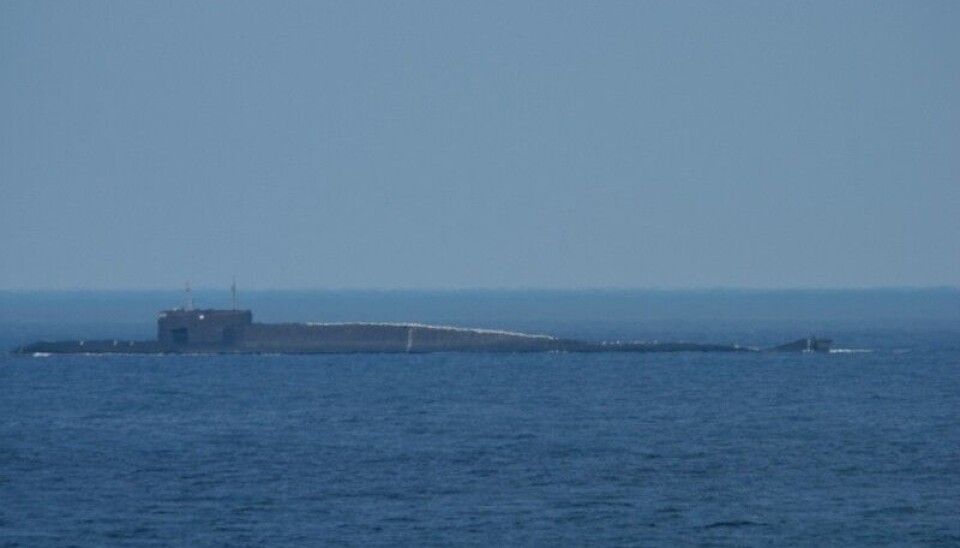
The Bryansk submarine has several times participated in Russia's large-scale nuclear deterrence exercises GROM (Thunder). She launched a missile during both GROM-2009 GROM-2013 the Barents Observer reported. She has also at one time launced a missile by breaking the ice at the North Pole, a former submarine commander told Moskovsky Komsomolets this week.
At the start of 2025, and when Bryansk re-enters service, the Northern Fleet has five ballistic missiles submarines (SSBN), all based in Gadzhiyevo. In addition to the four in the Delta-IV class, it also includes the Borei-A class Knyaz Vladimir (K-549). One more sub of the class, the Knyaz Pozharsky, was launched a year ago and is expected to be delivered to the Northern Fleet during 2025.
The Northern Fleet's first Borei-class, the Yuri Dolgorukiy (K-535), is in for its first mid-life upgrade to change fuel elements for the reactor at the Zvezdochka yard in Severodvinsk, a work that can last for a few years.
Like the Delta-IV class, each Borei-class can carry 16 missiles with up to six warheads each.
This means that the Northern Fleet during 2025 will have capacity to deploy up to 96 ballistic missiles with between 384 to 448 nuclear warheads.
That number could grow significantly in the years to come as four more Borei-class submarines are added and the older Delta-IV are not removed from service.
However, the faith of the New START Treaty that expires in early 2026 will be the main guideline for the number of nuclear weapons in the Barents Sea region.


